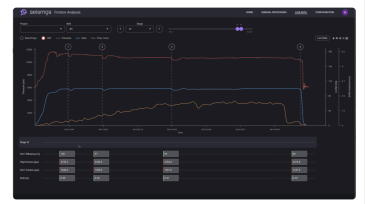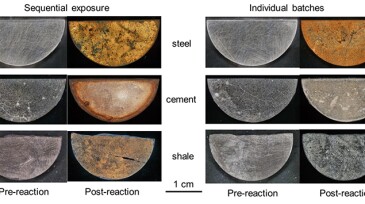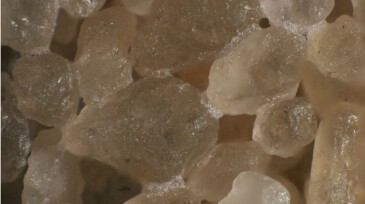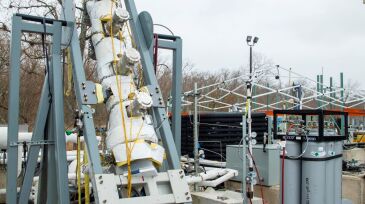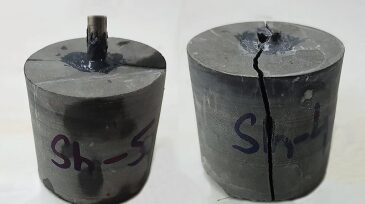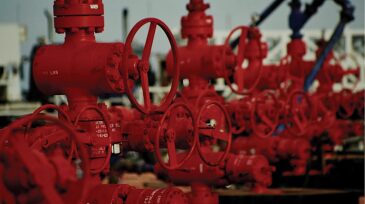fracturing fluids
-
SponsoredAs operators strive to increase production under tighter budgets, traditional downhole diagnostics are falling short—too costly, complex, and time-consuming. Seismos Acoustic Friction Analysis (SAFA) offers a smarter, surface-based alternative. This white paper explores how SAFA enables real-time treatment optimization, better fracture performance, and substantial cos…
-
Operators are turning the tide on the Lower Tertiary trend with increasingly large stimulations that are also pushing the limits of offshore technology.
-
The authors of this paper demonstrate that future produced-water management and scale-mineral control may need to consider the sequential exposure effect of steel, cement, and shale on fluid chemistry and mineral precipitation.
-
The paper provides information to engineers for selecting high-viscosity friction reducers and describes a methodology for evaluating damage potential and proppant transport.
-
New Testing Facility Built To Prove Whether Natural-Gas Foam Is Shale Sector's Next Fracturing FluidA 6-year R&D project concludes with the completion of a technology kit designed to study how combining highly pressurized natural gas and water could be a holistic alternative to traditional hydraulic fracturing.
-
Bringing the Heat: Aramco Field Tests High-Temperature Chemistry To Slash Tight-Gas Completion CostsSaudi Aramco and university researchers are experimenting with a thermochemical fracturing fluid that aims to eliminate more than half of the pumping horsepower typically required to complete horizontal wells.
-
Prompted by concerns about possible leaching from phenolic novolac resin-coated proppants (RCPs) during operations, Fairmount Santrol conducted analysis that showed no leaching of free formaldehyde or free phenol from its phenolic novolac RCPs.
-
This paper examines the chemistry of developing seawater-based fracturing fluids using two types of polymers as gelling agents and compares results to existing fresh-water-based-fracturing-fluid data under different conditions.
-
This paper offers an alternative explanation for the early boundary-dominated flow related to dissolution of salt-sealed natural fractures in the shale.
-
Two places that illustrate the mounting challenges facing the shale business are the Bakken Shale in North Dakota, where the number of working rigs is one-third what it was a year ago, and the Fayetteville Shale in Arkansas, where there are no more working rigs.
Page 1 of 2

